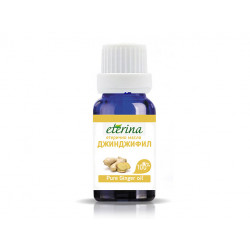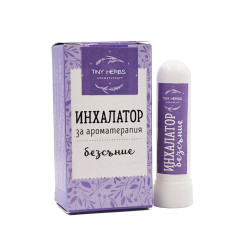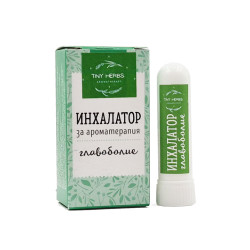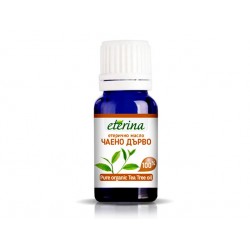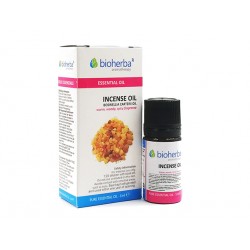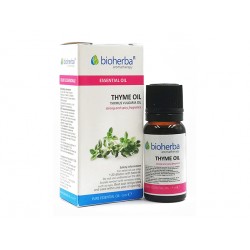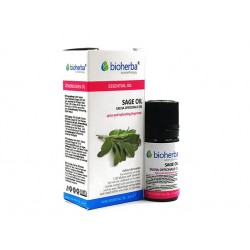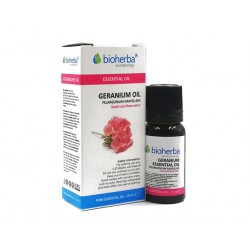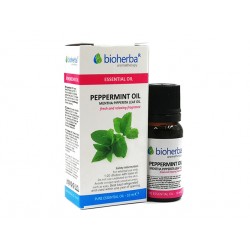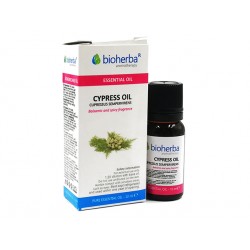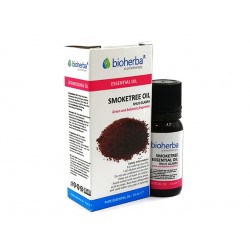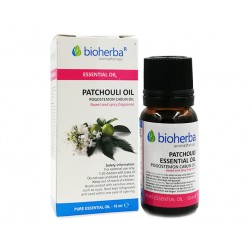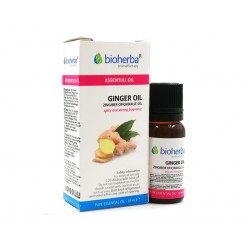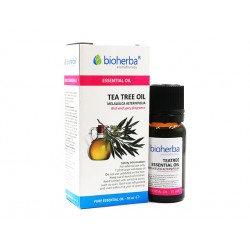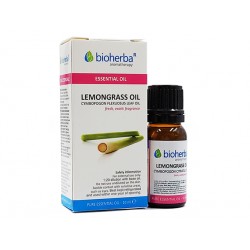Essential oils are a natural product that is obtained from natural, plant raw materials through the method of distillation. They can also be obtained mechanically, by pressing (for example citrus oils) or by extraction.
Essential oils are used in three industries: cosmetics and perfumes, cooking and aromatherapy and medicines.
Essential oils are fragrant and have a high evaporation rate. They are not greasy, their consistency is closer to that of water than fat. They are complex organic compounds that contain from 50 to 500 different organic compounds, the most common being alcohols, esters, ketones, aldehydes, terpenes, phenols and oxides. This complex composition is too dynamic, which determines the uniqueness of essential oils and their adaptability. Perhaps this is why they are an indisputable alternative to antibiotics, as microorganisms cannot adapt to their variability. These fragrant substances are formed in the chloroplasts of the leaf, where they form compounds with glucose.
These glucosides move in the plant body and in different parts of the day or in the process of plant development they are concentrated in the flower, stem, leaves or roots. This determines the technology of their production. This determines the technology of their production. While in the plant, they are located in the so-called exogenous (external) or endogenous (internal) containers. Until the moment of their extraction, they constantly change their composition depending on the external and internal physicochemical factors in the conditions under which the plant develops. No two plants, even of the same species, smell the same. The essence (essential oil) of each plant is almost its legitimacy, its passport. It serves the plant to attract or repel certain insects depending on the purpose (protection, reproduction, etc.). The evaporation of the essences from the plant is a protective mechanism for protection against bacteria, viruses and parasites. This aromatic aura protects the plant from heat and cold. An analogy of essential oils with human blood can be made. After the plants show vitalizing, therapeutic, aphrodisiac and others. actions, so why not take advantage of this gift from the Gods.
This is possible thanks to the most enjoyable and boundless science of "Aromatherapy". Although the term was coined only in the late 19th century by Rene-Maurice Gattefosse, people have benefited from health incense since time immemorial. Essential oils are the main tool used in aromatherapy.
They are soluble in alcohol, ether and heavy, base oils, but not in water, which allows them to be applied to the human body in different ways (massage, aroma inhaler, compresses, etc.).
There are over 3000 species of essential oil plants, and about 100 are used in aromatherapy.
The most common content of essential oil in the plant is from 0.2% - 1%. The highest content is in the dry clove buds 15-18%. Depending on the parts of the plant with the highest concentration of essential oil, the following classification exists:
- Leafy - the leaves are processed (mint, sage)
- Flower - the flowers are processed (rose, chamomile, lavender)
- Wood - sandalwood
- Bark - Brich
- Fruits and seeds - juniper, citrus, fennel, anise.
- Resins and balms - are released naturally (incense, elem, myrrh).
Essential oils have a shelf life of 6 months to 10 years when stored properly. Oils should be stored in a cool, dark place in glass, dark bottles.
Heavier scented oils have a higher viscosity and are more durable than low-viscosity oils, which have a higher evaporation rate. For example, sandalwood oil can retain its aroma for tens of days, and lemon oil, which contains more terpenes, is significantly more volatile due to its high volatility. Essential oils are highly flammable. Their flash point is from 43 to 70 C.
Over time, the aroma and chemical composition of the oils change. There are internationally established standards for the chemical composition of oil produced in different parts of the world. Variations in the qualities and aroma of essential oils are similar to those in the taste of wines. The quality can be affected by frost, depleted soil, drought and more. Production and price can also be influenced by the political situation in the producer country. The high price and the specific production process create conditions for mass counterfeiting of these products.
Where to buy essential oils?
You can find a wide range of essential oils in "Zdravnitza".
You can place your order online. "Zdravnitsa" delivers its products to any point in Bulgaria and Europe.
You can place your order online. We can deliver our products to Bulgaria, Europe, USA, Canada, Australia, Israel and Thailand.
You can also buy essential oils on the local stores of "Zdravnitza":
Health store "Zdravnitza"
1000 Sofia, Bulgaria
23 Neofit Rilski str.
Logistic center "Zdravnitza"
1303 Sofia, Bulgaria
74 Odrin str.




